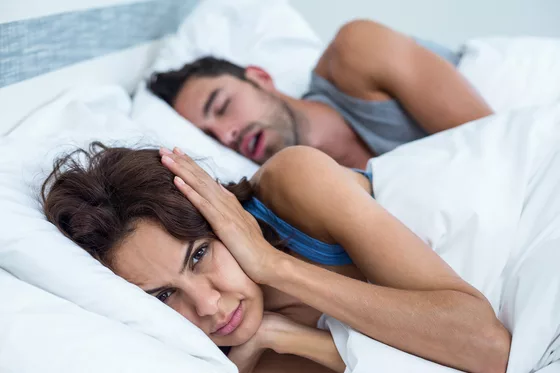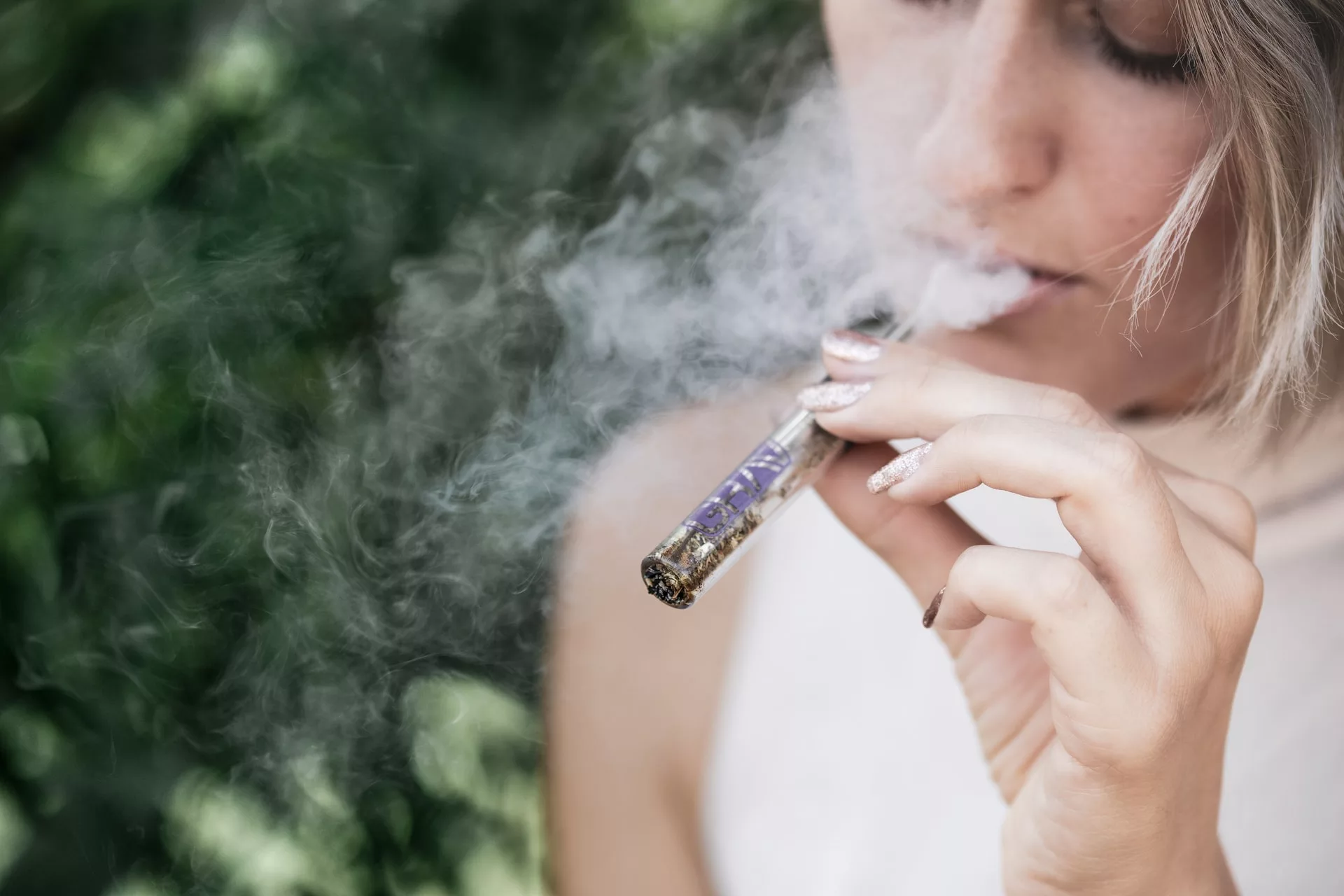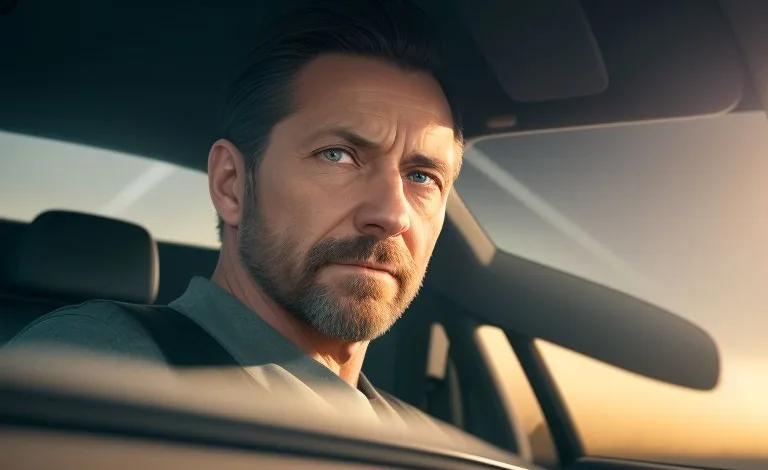
Dry Eyes While Driving? I Thought I Was Just Being Dramatic
I used to think dry eyes while driving was just one of those complaints people made to sound important. Like, really? Your eyes are “too dry” to sit in a car?
Then one summer road trip changed everything.
I was driving through the Nevada desert — windows up, A/C blasting, sun in my eyes — when I realized I was squinting so hard I could barely see the road signs. My eyes felt like sandpaper. I kept blinking like a maniac, trying to squeeze out whatever moisture was left in my tear ducts. But nope — it just got worse. My vision blurred. My eyes burned. And I actually had to pull over because I couldn’t keep going.
That’s when I realized… this wasn’t just annoying. It was dangerous.

The Sneaky Way Dry Eyes Creep Up Behind the Wheel
You’d think your eyes would get dry in winter, right? Cold air, wind, etc. But nope — driving with A/C on high, especially during long-hauls or traffic jams, will absolutely suck the life out of your eyeballs.
Some days I’d make it halfway through my commute and feel like I had pebbles under my eyelids. Other times, my eyes would just randomly start watering — not because I was sad or emotional, but because my body was basically like, “Bro, we’re out of tears, do something!”
Also, fun fact I wish someone had told me sooner:
Blinking slows down when you drive.
Like, a lot. Especially when you’re concentrating hard or staring at the road for too long.
Which means… dry eyes sneak up, and you don’t even notice until it’s really bad.
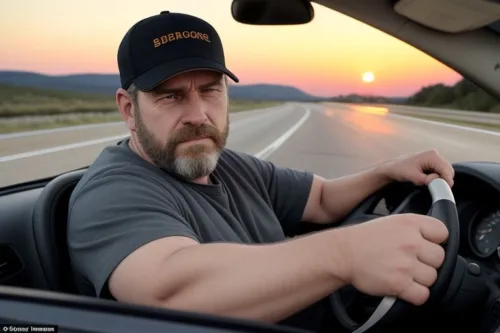
What Finally Helped (After Way Too Much Trial & Error)
I tried a lot of stuff. I’m talking drops, fancy sunglasses, air vent hacks, and even weird TikTok tricks that involved closing my eyes for five seconds at every red light (no thanks).
Here’s what actually worked — the real deal from someone who’s suffered and survived:
1. The Right Eye Drops (Yes, There’s a Wrong Kind)
Not gonna lie — I used to grab whatever “redness relief” eyedrops I could find at the gas station. HUGE mistake.
Those “get the red out” drops made everything worse. They dried my eyes more and left them feeling tight and irritated.
What finally worked?
Preservative-free artificial tears. Specifically the single-dose kind you twist open.
I keep a few in my glove box, one in my center console, and one in my wallet. Not even kidding.
Hot Tip: Use them before your eyes feel dry. It’s like hydration — don’t wait until you’re thirsty.
2. Control the Airflow Like Your Eyes Depend on It (They Do)
Turns out, the A/C blowing right at your face? Terrible idea.
I started angling the vents downward, toward my chest. Not directly on my face, not on my hands — chest-level. It helped so much.
Also, cracking a window slightly (even just one) makes a difference. That little bit of outside air helps keep things balanced, especially if you’re driving long distance.
3. Sunglasses. Not Fashion. Survival.
Ever tried driving into the sunset with dry eyes? Actual torture.
I now wear wrap-around polarized sunglasses almost every time I drive. I used to think that was overkill. Like, come on, I’m not biking cross-country.
But holy heck — it blocks the wind, the glare, and reduces eye strain. You don’t even realize how much squinting you’re doing until you wear the right shades.
4. Stay Hydrated or Stay Miserable
Hydration = tear production.
I didn’t believe it either, but after a couple weeks of chugging water (like, actually aiming for 2–3 liters a day), my eyes stopped feeling like burnt toast by the end of each commute.
Coffee? Soda? Totally not helping. Water is king here.
5. Rest Stops Aren’t Just for Stretching Your Legs
Whenever I’m driving more than an hour, I force myself to take 5-minute breaks every now and then.
I’ll get out, blink like a madman (yes, I look crazy), put in drops if needed, and give my eyes a break from staring straight ahead.
It’s weird how such a small thing helps. You’re not meant to stare at a moving road for hours with no pause.
6. Screen Time Makes It Worse, BTW
I used to scroll my phone immediately after parking. Like, car off, phone up.
Turns out, dry eyes while driving get even worse when you go from windshield to screen. Especially if you were already blinking less.
Now I give myself 5–10 minutes post-drive before looking at my phone. It’s awkward at first. But the relief? Worth it.
7. Night Driving? Whole Other Beast
Dry eyes at night are a whole different nightmare. The glare from headlights, the dryness, the fatigue — ugh.
I started keeping a warm compress at home (just a microwavable eye mask thing), and I use it right before bed. It sounds unrelated, but prepping your eyes before sleep actually helps reduce morning and next-day dryness.
Weird bonus tip: Omega-3 supplements. I didn’t expect much, but after a couple weeks, I noticed less irritation overall.
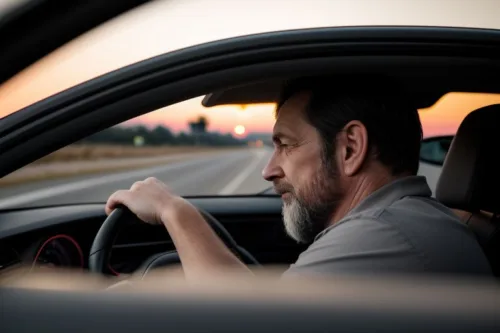
The Things I Wish I’d Known Sooner
-
Not all eye drops are created equal. The wrong ones can mess you up.
-
Wind, A/C, and even your own blink habits work against you.
-
You’re not being dramatic. Dry eyes while driving are legit dangerous.
-
Fixing it isn’t just one thing. It’s little tweaks that add up.
Also? No one really talks about this. Like, I felt ridiculous Googling “why do my eyes feel like beef jerky while driving.” But it turns out, a lot of people deal with this — especially contact lens wearers, allergy sufferers, or anyone with screens in their life (so… all of us).
Bottom line?
Dry eyes while driving isn’t some niche problem. It’s real, it sucks, and it can mess with your safety and sanity.
But with a few changes — the right drops, airflow hacks, good shades, and water — you can totally keep your eyes (and life) on the road.
Stay safe out there. And maybe keep some eye drops in your cup holder — future you will thank you.

